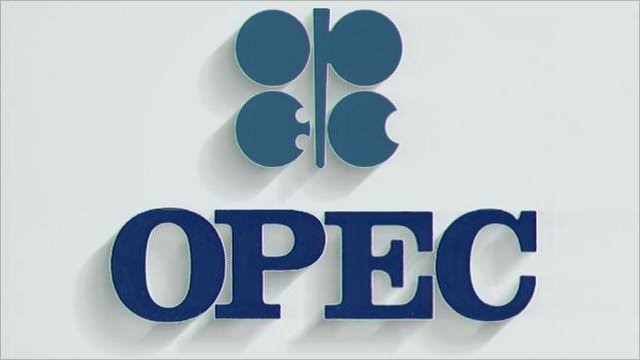
The Organisation of the Petroleum Exporting Countries (OPEC) has slightly lowered its oil demand growth forecast for 2025, attributing the adjustment to global economic uncertainty exacerbated by U.S. tariffs.
In its April Monthly Oil Market Report, OPEC revised its oil demand growth projection to 1.3 million barrels per day (bpd) for 2025, down from its previous estimate of 1.4 million bpd. This marks a reduction of 150,000 bpd from last month’s forecast.
The downward revision comes amidst continued pressure on oil prices, with OPEC’s basket of twelve crude oils falling to $66.25 per barrel on Monday, compared to $70.85 the previous week. OPEC’s report highlights that U.S. trade tariffs, coupled with plans by OPEC+ (which includes OPEC and its allies like Russia) to increase oil output, have been key contributors to the market’s instability.
OPEC also revised its global economic growth forecast for this year, lowering it to 3.0% from 3.1%, and adjusted next year’s outlook to 3.1% from 3.2%. The report cites ongoing trade disputes and tariff impositions—specifically those introduced by U.S. President Donald Trump— as factors that have raised concerns over economic growth and contributed to oil price volatility.
“The global economy showed a steady growth trend at the beginning of the year; however, recent trade-related dynamics have introduced higher uncertainty to the short-term global economic growth outlook,” the report stated.
Despite the reduced demand growth forecast, OPEC remains optimistic about the longer-term outlook for oil consumption, particularly in contrast to the International Energy Agency’s (IEA) prediction that demand will peak this decade as the world transitions to cleaner energy sources.
OPEC also reported a slight drop in March crude production, with OPEC+ output falling by 37,000 bpd to 41.02 million bpd. This decline was partly driven by reductions in output from Nigeria and Iraq. However, the group is set to increase production in April and May as part of a plan to unwind recent output cuts, which were implemented to support oil prices.
Kazakhstan, which has previously exceeded its OPEC+ production targets, increased output by 37,000 bpd in March, breaching its set quota. The Central Asian nation has vowed to adjust its production in April to comply with OPEC+ commitments.
Looking ahead, the OPEC+ countries, including Saudi Arabia, Russia, Iraq, and others, are scheduled to meet on May 5 to decide on production levels for June. In a note following their April 3 meeting, OPEC+ indicated that any production increases would be subject to market conditions and could be adjusted or reversed if necessary.
Despite the challenges, OPEC continues to project rising oil demand for years to come, though it remains vigilant about the evolving global trade landscape and its potential impact on the market.
Comments